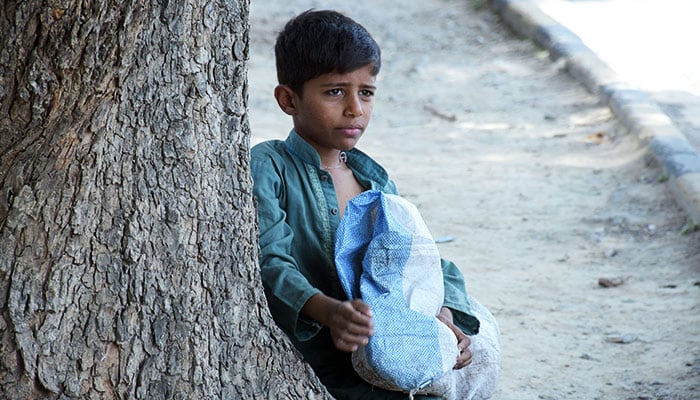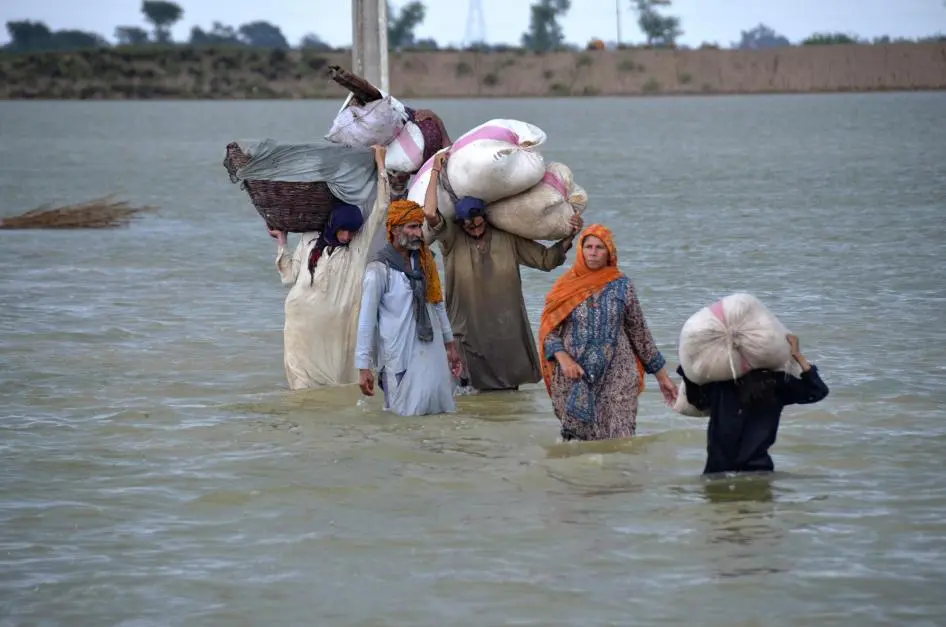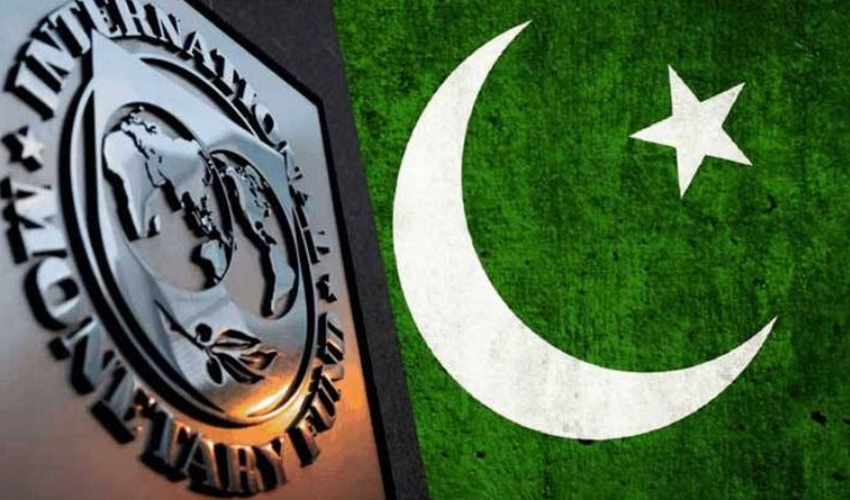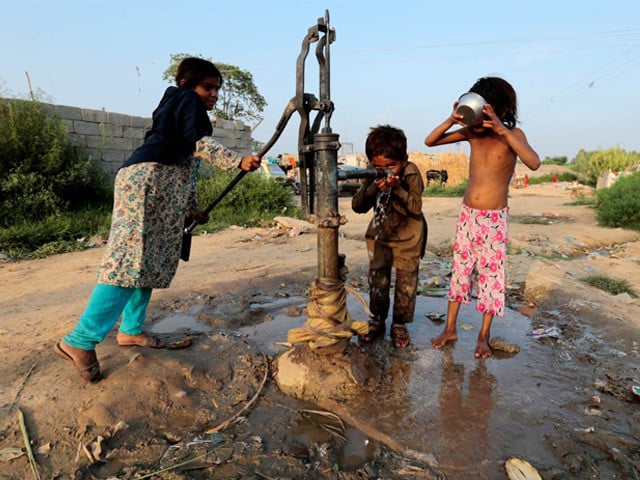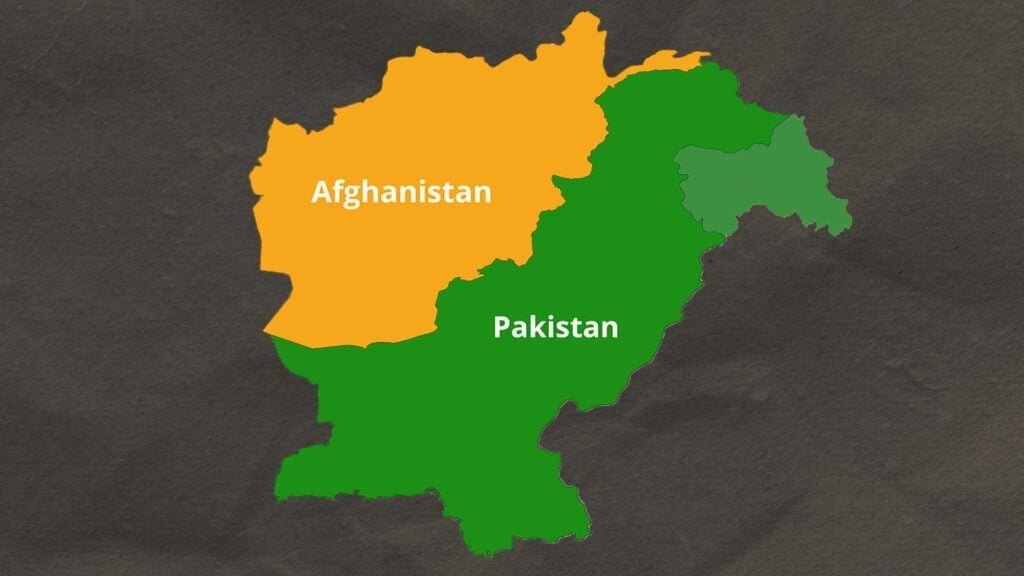Arshad Mahmood Awan
Pakistan faces a significant challenge in ensuring education for all. Millions of children remain out of school, hindering their individual development and the overall progress of the nation. This article dives deep into the issue of out-of-school children (OOSC) in Pakistan. It explores the gravity of the situation and the key obstacles hindering access to education and proposes effective strategies to achieve inclusive education for all children.
The Magnitude of the Problem
The statistics surrounding OOSC in Pakistan are staggering. With an estimated 22.8 million children aged 5-16 out of school, Pakistan holds the unfortunate distinction of having the world’s second-highest number in this category. This translates to a concerning 44% of the total population in this age group being denied their fundamental right to education.
The problem is further exacerbated by age disparities. A significant number, around 5 million children, are not enrolled even in the crucial 5-9 age group, which forms the foundation for future learning. This number doubles for adolescents between 10 and 14, with a staggering 11.4 million lacking access to formal education by the time they reach secondary school age.
Disparities and Barriers
The issue of OOSC is further complicated by disparities based on gender, socio-economic background, and geographical location. Girls, particularly from underprivileged backgrounds, are disproportionately affected. Provinces like Sindh and Balochistan report alarmingly high figures, with over half of the poorest children, including a majority of girls, being out of school in Sindh and a staggering 78% of girls remaining unenrolled in Balochistan.
Several factors contribute to this situation. On the supply side, a lack of adequate infrastructure, including insufficient schools and facilities, creates a physical barrier to access. Compounding this is the issue of quality. Many existing schools struggle to provide quality education due to inadequate resources and a need for improved teacher training and curriculum development. Additionally, the lack of a credible data system to track retention rates and identify potential dropouts makes it difficult to address the problem effectively.
Demand-side factors also play a significant role. Societal norms and economic hardships can significantly impact enrollment decisions. Cultural biases that undervalue girls’ education need to be addressed, and education must be promoted as a priority for all children. Marginalized groups, particularly adolescent girls, face specific challenges due to socio-cultural norms. Targeted interventions are crucial to empower these girls and their families to prioritize education. Poverty also presents a significant hurdle, with many families forced to choose between sending their children to school or contributing to the household income. Scholarships, stipends, and conditional cash transfers can help alleviate this economic pressure.
Policy and implementation issues further aggravate the situation. Inadequate funding for education, despite increasing budgets, creates a resource constraint. Furthermore, limited enforcement of existing policies and a lack of strong monitoring mechanisms hinder progress. Finally, ensuring equitable implementation that prioritizes access for the most disadvantaged regions and communities remains a challenge.
Strategies to Educate Out-of-School Children in Pakistan
The high number of out-of-school children (OOSC) in Pakistan demands a multifaceted approach to achieving inclusive education. Here’s a closer look at the proposed strategies and how they can address the issue:
1. Early Childhood Education (ECE): Building a Strong Foundation
A strong emphasis on ECE is crucial to break the cycle of educational disenfranchisement. Play-based learning programs can significantly improve school readiness for young children, especially those from disadvantaged backgrounds. Here’s how ECE can benefit OOSC:
- Early exposure to learning: Fun and engaging play-based activities can spark a love for learning at a young age, making the transition to formal schooling smoother for children who might not have been exposed to educational environments before.
- Cognitive development: These programs can promote critical thinking, problem-solving skills, and social interaction, all of which are essential for academic success.
- Improved school attendance: Children who have positive early learning experiences are more likely to be engaged and motivated in formal schooling, leading to better attendance and reduced dropout rates.
2. Alternative Learning Pathways (ALP): Flexibility for Diverse Needs
Expanding access to equitable and quality ALPs provides vital flexibility for OOSC who cannot integrate seamlessly into the traditional school system. Here’s how ALPs can help:
- Catering to different learning styles: ALPs can offer diverse learning methods beyond the traditional classroom setting, catering to children with different learning styles and paces.
- Catch-up programs: These programs can equip OOSC with the necessary skills and knowledge to bridge the gap and re-enter the formal education system at an appropriate level.
- Lifelong learning opportunities: ALPs can extend beyond basic education, offering vocational training or skills development programs that cater to the specific needs of older OOSC who may not wish to pursue traditional schooling.
3. Strengthening School-Community Linkages: A Collaborative Effort
Building strong ties between schools and communities is essential for promoting education and addressing the root causes of OOSC. This collaboration can be achieved through:
- Community awareness campaigns: Schools can work with community leaders and NGOs to raise awareness about the importance of education and dispel cultural myths that hinder girls’ education, for example.
- Parental involvement: Engaging parents in their children’s education through workshops and meetings can encourage them to prioritize school attendance and provide necessary support at home.
- Scholarship and support programs: Community partnerships can help identify and support families facing financial hardships, ensuring their children have access to educational opportunities through scholarships or other financial aid.
4. Equity-Focused Provincial Planning: Closing the Gap
Advocacy efforts are crucial to ensure that education sector planning and budgeting prioritizes marginalized regions and communities. This targeted approach can help bridge the gap in access to quality education:
- Increased resource allocation: Focusing resources on districts with high OOSC rates allows for initiatives like building new schools, training teachers, and providing additional support services specifically tailored to those areas.
- Addressing specific needs: Marginalized communities might have unique challenges, such as lack of female teachers or culturally insensitive curriculum. Provincial plans that consider these needs can ensure a more inclusive learning environment.
5. Robust Data and Assessment Systems: Making Informed Decisions
Developing a reliable data system to track retention and dropout rates is essential for informed decision-making. Here’s how:
- Identifying at-risk children: Accurate data allows for early identification of children who are at risk of dropping out, enabling targeted interventions to prevent them from leaving school.
- Monitoring progress: Data-driven monitoring can track the effectiveness of various strategies and programs, allowing for adjustments and improvements to achieve better outcomes.
- Evidence-based policy formulation: Reliable data informs the development of targeted policies that address the specific reasons behind OOSC in different regions and demographic groups.
These strategies, along with innovative teaching methods, creating a safe and inclusive school environment, and addressing issues like child labor, can work together to create a more accessible and effective education system for all children in Pakistan.
Addressing the challenge of OOSC in Pakistan requires a concerted effort from policymakers, educators, and communities. By prioritizing inclusive education and implementing the strategies outlined above, Pakistan can unlock the full potential of its human capital and create a brighter future where every child has the opportunity to learn, grow, and contribute meaningfully to society.
Please, subscribe to the YouTube channel of republicpolicy.com



